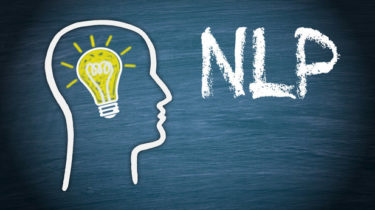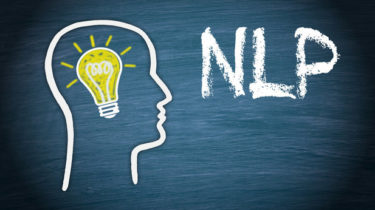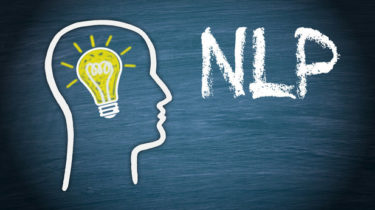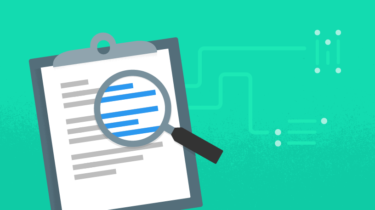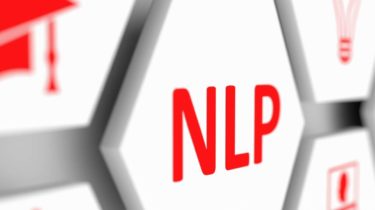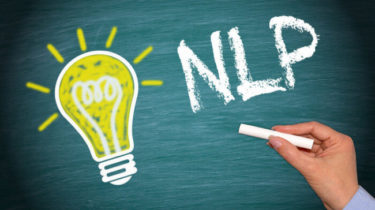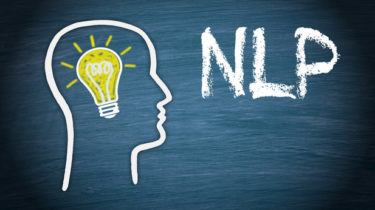Part 10: Step by Step Guide to Master NLP – Named Entity Recognition
This article was published as a part of the Data Science Blogathon Introduction This article is part of an ongoing blog series on Natural Language Processing (NLP). In the previous article, we discussed semantic analysis, which is a level of NLP tasks. In that article, we discussed the techniques of Semantic analysis in which we discussed one technique named entity extraction, which is very important to understand in NLP. So, In this article, we will deep dive into the entity extraction […]
Read more